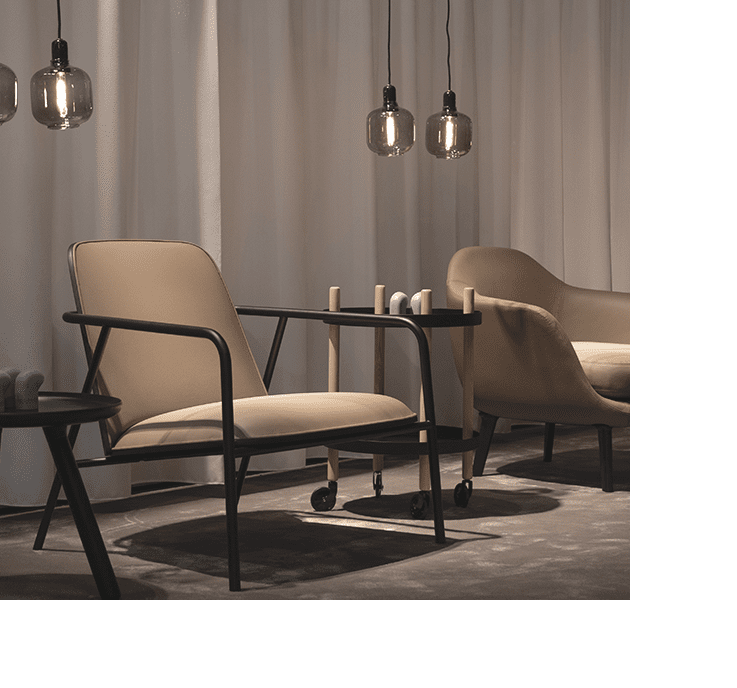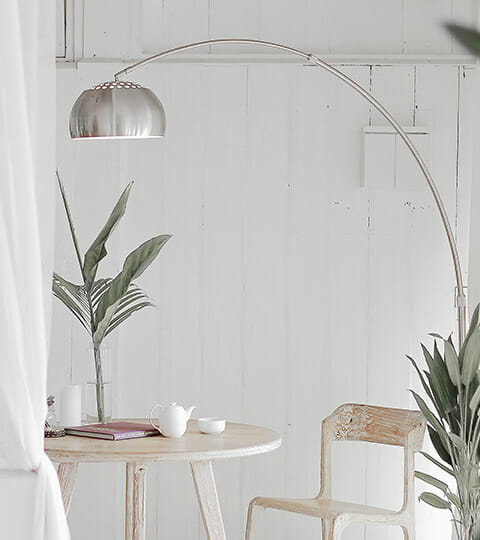Ergonomics
Ergonomics is a science that studies a person’s psychophysiological possibilities, limits and peculiarities in the work process, and in professions that use theory, laws, data and design methods to ensure optimal working conditions that increase productivity while maintaining human health. And the main task of ergonomics is the compatibility of work and the environment with human needs and personal comfort, minimizing additional stimuli created by the environment or activity. In short – Comfort. In this 21st century. when the work environment is no longer a specific location, a place as before and no longer clear boundaries, Social Ergonomics, both in the work environment and at home, is playing an increasingly important role in the normal rhythm of life between work spaces and homes. Socially ergonomic space is not only about the proper arrangement and selection of functional areas, furniture or facilities in the space. Social ergonomics includes the creation of a comfortable, stable and functional atmosphere at work, at home, when the problems of acoustics, lighting, furniture dysfunction and space planning are removed from the space. By implementing these 4 key aspects of ergonomics in the work environment, it helps people to accept stressful work situations, reduces emotional tension, enables them to feel satisfied with the work, to feel comfortable and communicate more with each other, and this more contributes to the organizational culture, engages not only in work processes, but also in general leisure. In the residential sector, these criteria help maintain comfort and harmony.
Space
Ergonomics in space is not limited to aesthetic beauty, but ways are being sought to create the most efficient, practical and comfortable space through the following key points:
- Precise adaptation of space to a specific purpose or division into smaller spaces to find the best practical application. Rational arrangement of furniture.
- Non-standard furniture in the space is designed and adapted to the specific purpose of the work in the space, taking into account the nature of the activities of the people working in them. In residential houses, non-standard furniture is created taking into account the dimensions of the dwelling, adapted to other objects in that area. Tailored to specific personal needs or physical data.
- Lighting in different rooms or areas must correspond to the functions of the space and be adapted to certain activities in order to maintain physical and mental health.
When choosing color combinations in the interior, the whole between desires and needs is taken into account, but most importantly without sacrificing emotional comfort.
Furniture
Ergonomic furniture in the work environment must meet the individual’s physical needs and the activities of the work performed. Creating a healthier, more functional, more creative workplace that helps maintain adequate productivity and comfort. Residential furniture must be adapted to the individual physical and personal needs of individuals. Furniture must interact with the space, not complicate it, serve its functionality, and rational layout. Also create aesthetic comfort.


Light and acoustics
The lighting is adapted to the purpose of the specific space, taking into account the parameters required for hygiene standards, combining natural and artificial lights. Additionally, creating a “warm” – “cold” color spectrum according to the need of the interior or space.
Acoustics are integrated into furniture, mobile individual furniture solutions using specialized means to reduce noise inside and outside.

